
- •Preface
- •Contents
- •Contributors
- •Modeling Meaning Associated with Documental Entities: Introducing the Brussels Quantum Approach
- •1 Introduction
- •2 The Double-Slit Experiment
- •3 Interrogative Processes
- •4 Modeling the QWeb
- •5 Adding Context
- •6 Conclusion
- •Appendix 1: Interference Plus Context Effects
- •Appendix 2: Meaning Bond
- •References
- •1 Introduction
- •2 Bell Test in the Problem of Cognitive Semantic Information Retrieval
- •2.1 Bell Inequality and Its Interpretation
- •2.2 Bell Test in Semantic Retrieving
- •3 Results
- •References
- •1 Introduction
- •2 Basics of Quantum Probability Theory
- •3 Steps to Build an HSM Model
- •3.1 How to Determine the Compatibility Relations
- •3.2 How to Determine the Dimension
- •3.5 Compute the Choice Probabilities
- •3.6 Estimate Model Parameters, Compare and Test Models
- •4 Computer Programs
- •5 Concluding Comments
- •References
- •Basics of Quantum Theory for Quantum-Like Modeling Information Retrieval
- •1 Introduction
- •3 Quantum Mathematics
- •3.1 Hermitian Operators in Hilbert Space
- •3.2 Pure and Mixed States: Normalized Vectors and Density Operators
- •4 Quantum Mechanics: Postulates
- •5 Compatible and Incompatible Observables
- •5.1 Post-Measurement State From the Projection Postulate
- •6 Interpretations of Quantum Mechanics
- •6.1 Ensemble and Individual Interpretations
- •6.2 Information Interpretations
- •7 Quantum Conditional (Transition) Probability
- •9 Formula of Total Probability with the Interference Term
- •9.1 Växjö (Realist Ensemble Contextual) Interpretation of Quantum Mechanics
- •10 Quantum Logic
- •11 Space of Square Integrable Functions as a State Space
- •12 Operation of Tensor Product
- •14 Qubit
- •15 Entanglement
- •References
- •1 Introduction
- •2 Background
- •2.1 Distributional Hypothesis
- •2.2 A Brief History of Word Embedding
- •3 Applications of Word Embedding
- •3.1 Word-Level Applications
- •3.2 Sentence-Level Application
- •3.3 Sentence-Pair Level Application
- •3.4 Seq2seq Application
- •3.5 Evaluation
- •4 Reconsidering Word Embedding
- •4.1 Limitations
- •4.2 Trends
- •4.4 Towards Dynamic Word Embedding
- •5 Conclusion
- •References
- •1 Introduction
- •2 Motivating Example: Car Dealership
- •3 Modelling Elementary Data Types
- •3.1 Orthogonal Data Types
- •3.2 Non-orthogonal Data Types
- •4 Data Type Construction
- •5 Quantum-Based Data Type Constructors
- •5.1 Tuple Data Type Constructor
- •5.2 Set Data Type Constructor
- •6 Conclusion
- •References
- •Incorporating Weights into a Quantum-Logic-Based Query Language
- •1 Introduction
- •2 A Motivating Example
- •5 Logic-Based Weighting
- •6 Related Work
- •7 Conclusion
- •References
- •Searching for Information with Meet and Join Operators
- •1 Introduction
- •2 Background
- •2.1 Vector Spaces
- •2.2 Sets Versus Vector Spaces
- •2.3 The Boolean Model for IR
- •2.5 The Probabilistic Models
- •3 Meet and Join
- •4 Structures of a Query-by-Theme Language
- •4.1 Features and Terms
- •4.2 Themes
- •4.3 Document Ranking
- •4.4 Meet and Join Operators
- •5 Implementation of a Query-by-Theme Language
- •6 Related Work
- •7 Discussion and Future Work
- •References
- •Index
- •Preface
- •Organization
- •Contents
- •Fundamentals
- •Why Should We Use Quantum Theory?
- •1 Introduction
- •2 On the Human Science/Natural Science Issue
- •3 The Human Roots of Quantum Science
- •4 Qualitative Parallels Between Quantum Theory and the Human Sciences
- •5 Early Quantitative Applications of Quantum Theory to the Human Sciences
- •6 Epilogue
- •References
- •Quantum Cognition
- •1 Introduction
- •2 The Quantum Persuasion Approach
- •3 Experimental Design
- •3.1 Testing for Perspective Incompatibility
- •3.2 Quantum Persuasion
- •3.3 Predictions
- •4 Results
- •4.1 Descriptive Statistics
- •4.2 Data Analysis
- •4.3 Interpretation
- •5 Discussion and Concluding Remarks
- •References
- •1 Introduction
- •2 A Probabilistic Fusion Model of Trust
- •3 Contextuality
- •4 Experiment
- •4.1 Subjects
- •4.2 Design and Materials
- •4.3 Procedure
- •4.4 Results
- •4.5 Discussion
- •5 Summary and Conclusions
- •References
- •Probabilistic Programs for Investigating Contextuality in Human Information Processing
- •1 Introduction
- •2 A Framework for Determining Contextuality in Human Information Processing
- •3 Using Probabilistic Programs to Simulate Bell Scenario Experiments
- •References
- •1 Familiarity and Recollection, Verbatim and Gist
- •2 True Memory, False Memory, over Distributed Memory
- •3 The Hamiltonian Based QEM Model
- •4 Data and Prediction
- •5 Discussion
- •References
- •Decision-Making
- •1 Introduction
- •1.2 Two Stage Gambling Game
- •2 Quantum Probabilities and Waves
- •2.1 Intensity Waves
- •2.2 The Law of Balance and Probability Waves
- •2.3 Probability Waves
- •3 Law of Maximal Uncertainty
- •3.1 Principle of Entropy
- •3.2 Mirror Principle
- •4 Conclusion
- •References
- •1 Introduction
- •4 Quantum-Like Bayesian Networks
- •7.1 Results and Discussion
- •8 Conclusion
- •References
- •Cybernetics and AI
- •1 Introduction
- •2 Modeling of the Vehicle
- •2.1 Introduction to Braitenberg Vehicles
- •2.2 Quantum Approach for BV Decision Making
- •3 Topics in Eigenlogic
- •3.1 The Eigenlogic Operators
- •3.2 Incorporation of Fuzzy Logic
- •4 BV Quantum Robot Simulation Results
- •4.1 Simulation Environment
- •5 Quantum Wheel of Emotions
- •6 Discussion and Conclusion
- •7 Credits and Acknowledgements
- •References
- •1 Introduction
- •2.1 What Is Intelligence?
- •2.2 Human Intelligence and Quantum Cognition
- •2.3 In Search of the General Principles of Intelligence
- •3 Towards a Moral Test
- •4 Compositional Quantum Cognition
- •4.1 Categorical Compositional Model of Meaning
- •4.2 Proof of Concept: Compositional Quantum Cognition
- •5 Implementation of a Moral Test
- •5.2 Step II: A Toy Example, Moral Dilemmas and Context Effects
- •5.4 Step IV. Application for AI
- •6 Discussion and Conclusion
- •Appendix A: Example of a Moral Dilemma
- •References
- •Probability and Beyond
- •1 Introduction
- •2 The Theory of Density Hypercubes
- •2.1 Construction of the Theory
- •2.2 Component Symmetries
- •2.3 Normalisation and Causality
- •3 Decoherence and Hyper-decoherence
- •3.1 Decoherence to Classical Theory
- •4 Higher Order Interference
- •5 Conclusions
- •A Proofs
- •References
- •Information Retrieval
- •1 Introduction
- •2 Related Work
- •3 Quantum Entanglement and Bell Inequality
- •5 Experiment Settings
- •5.1 Dataset
- •5.3 Experimental Procedure
- •6 Results and Discussion
- •7 Conclusion
- •A Appendix
- •References
- •Investigating Bell Inequalities for Multidimensional Relevance Judgments in Information Retrieval
- •1 Introduction
- •2 Quantifying Relevance Dimensions
- •3 Deriving a Bell Inequality for Documents
- •3.1 CHSH Inequality
- •3.2 CHSH Inequality for Documents Using the Trace Method
- •4 Experiment and Results
- •5 Conclusion and Future Work
- •A Appendix
- •References
- •Short Paper
- •An Update on Updating
- •References
- •Author Index
- •The Sure Thing principle, the Disjunction Effect and the Law of Total Probability
- •Material and methods
- •Experimental results.
- •Experiment 1
- •Experiment 2
- •More versus less risk averse participants
- •Theoretical analysis
- •Shared features of the theoretical models
- •The Markov model
- •The quantum-like model
- •Logistic model
- •Theoretical model performance
- •Model comparison for risk attitude partitioning.
- •Discussion
- •Authors contributions
- •Ethical clearance
- •Funding
- •Acknowledgements
- •References
- •Markov versus quantum dynamic models of belief change during evidence monitoring
- •Results
- •Model comparisons.
- •Discussion
- •Methods
- •Participants.
- •Task.
- •Procedure.
- •Mathematical Models.
- •Acknowledgements
- •New Developments for Value-based Decisions
- •Context Effects in Preferential Choice
- •Comparison of Model Mechanisms
- •Qualitative Empirical Comparisons
- •Quantitative Empirical Comparisons
- •Neural Mechanisms of Value Accumulation
- •Neuroimaging Studies of Context Effects and Attribute-Wise Decision Processes
- •Concluding Remarks
- •Acknowledgments
- •References
- •Comparison of Markov versus quantum dynamical models of human decision making
- •CONFLICT OF INTEREST
- •Endnotes
- •FURTHER READING
- •REFERENCES

suai.ru/our-contacts |
quantum |
machine |
|
learning |
||||
|
||||||||
|
BUSEMEYER ET AL. |
|
|
|
|
|
15 of 19 |
|
resulted in distributions of confidence that depended on whether or not choice was elicited at an earlier time point, referred to here as an interference effect (Kvam et al., 2015). Related work investigating the effect of categorization on subsequent decisions in the categorization-decision paradigm (Busemeyer et al., 2009a; Townsend et al., 2000) again illustrates the effect of measuring cognition through categorization decisions and its effect on subsequent decisions about how to interact with other agents.
Although both of these paradigms illustrate gaps in the Markov approach to modeling decisions, other results seem more mixed regarding which type of model is most appropriate. The high coherence conditions of the double confidence experiment revealed that the Markov model can out-perform the quantum model when there is not clear interference between sequential responses (Busemeyer, Kvam, & Pleskac, 2019). Other types of data like response times, where Markov models have long been applied and vetted, also serve as challenges where Markov models out-perform quantum models (Busemeyer et al., 2006). With such a long history of application to modeling response times (Ratcliff et al., 2016), it is perhaps not too surprising that this measure is more within the purview of classical Markov and diffusion models. Further development and testing of the nascent dynamic quantum models may prove that both types of models are competitive in these scenarios, but for now it seems that the classical approach can yield quantitatively superior fits.
One concern regarding the differences between Markov and quantum models of evidence accumulation is the plausibility in terms of implementations of these systems. While a description of behavior in quantum terms does not necessitate a corresponding neurophysiological implementation, it would certainly be more convincing if this connection could be made. The Markov model has natural connections to neural substrates through classical neural networks (Kira, Yang, & Shadlen, 2015; Rao, 2010), making it straightforward to imagine it being implemented in the brain. It is potentially possible that quantum operations are implemented via true superposition (pure quantum states) in the brain (Hagan, Hameroff, & Tuszynski, 2002), although this would have to occur such a noisy environment that quantum states are likely to decohere immediately (Tegmark, 2000). A potentially more likely explanation is that a classical neural network produces patterns that are described well by the mathematics of quantum theory. Exactly this kind of classical neural network implementation of quantum computations also have been proposed (Busemeyer, Fakhari, & Kvam, 2017; Khrennikov, Basieva, Pothos, & Yamato, 2018), providing a simple but plausible connection between quantum walks and neural substrates. Likewise, an “open system” quantum model possesses many properties that naturally align with classical neural systems, including parallel processing along with excitatory and inhibitory interactions between adjacent states (neural populations) (Fuss & Navarro, 2013).
This article has focused on contrasting quantum and Markov models. However, really both frameworks have insights to offer regarding the evidence accumulation and decision process. Indeed, these models co-exist within “open” quantum systems, which begin with ontic uncertainty of the quantum model (where the decision maker is uncertain about their own state due to superposition over evidence levels) and later reduce to epistemic uncertainty (where the decision maker knows their state, but the modeler does not due to the existence of probabilistic dynamics) through interaction with the noise in the internal or external environment. This “decoherence” takes us from a pure “closed” quantum system described by superposition to a partially coherent or mixed system described by a combination of both superposition and classical uncertainty. Such a system can be described in terms of density matrices, quantum “noise” operators, and mixed states characterizing both our uncertainty about the state a decision maker is in as well as the decision maker's uncertainty about how their state might be mapped onto to possible responses or levels of evidence. Ultimately, this may provide a more comprehensive account: while quantum models are necessary to account for effects like interference, there is undoubtedly a degree of internal (metacognitive) measurement and classical uncertainty about what state a person is located that should be incorporated into the model, creating a mix of quantum and classical uncertainty. Such a mix is often left unexamined in more traditional accounts of decision making under uncertainty (see for example Hertwig et al., 2019). These types of hybrid quantum and Markov models for decision making are developed in work by several researchers (Asano, Ohya, Tanaka, Basieva, & Khrennikov, 2011; Fuss & Navarro, 2013; Khrennikov, 2016; Yearsley, 2017). Moving forward, these “open system” models show great promise and may even be necessary to account for the multifaceted results on evidence accumulation, decision-making, preference, and confidence.
CONFLICT OF INTEREST
The authors have declared no conflicts of interest for this article.

suai.ru/our |
|
- |
contacts |
|
|
quantum machine learning |
||
|
|
|
||||||
|
16 of 19 |
|
|
|
|
|
BUSEMEYER ET AL. |
|
|
|
|
|
|
|
|
|
|
ORCID
Jerome R. Busemeyer https://orcid.org/0000-0002-7594-1871
https://orcid.org/0000-0002-7594-1871
Peter D. Kvam https://orcid.org/0000-0002-3195-8452
https://orcid.org/0000-0002-3195-8452
Timothy J. Pleskac https://orcid.org/0000-0001-5761-1900
https://orcid.org/0000-0001-5761-1900
ENDNOTES
1The use of complex numbers is common in mathematics including signal processing, time series analysis, and control theory. Complex numbers are used in quantum theory essentially as a mathematically efficient representation for computation of the probability amplitudes.
2The study in Busemeyer et al. (2019) was originally designed to test the temporal Bell inequality described later in this article by examining reversals in confidence (see also Box 1). However, the results were inconclusive particularly because the temporal Bell inequality was designed for choice instead of confidence.
3Cognitive realism is the idea that a definite cognitive state is always present at any definite point in time.
RELATED WIREs ARTICLE
ACT-R: A cognitive architecture for modeling cognition
FURTHER READING
Bruza, P. D., Wang, Z., & Busemeyer, J. R. (2015). Quantum cognition: A new theoretical approach to psychology. Trends in Cognitive Science, 19(7), 383–393.
Busemeyer, J. R., & Wang, Z. (2015). What is quantum cognition and how is it applied to psychology? Current Directions in Psychological Science, 24(3), 163–169.
Pothos, E. M., & Busemeyer, J. R. (2013). Can quantum probability provide a new direction for cognitive modeling? Behavioral and Brain Sciences, 36, 255–274.
Kvam, P. D., & Pleskac, T. J. (2017). A quantum information architecture for cue-based heuristics. Decision, 4, 197–233.
Wang, Z., Busemeyer, J. R., Atmanspacher, H., & Pothos, E. M. (2013). The potential of using quantum theory to build models of cognition.
Topics in Cognitive Science, 5(4), 672–688.
REFERENCES
Ariely, D., & Norton, M. I. (2008). How actions create—Not just reveal—Preferences. Trends in Cognitive Sciences, 12(1), 13–16. https://doi. org/10.1016/j.tics.2007.10.008
Asano, M., Ohya, M., Tanaka, Y., Basieva, I., & Khrennikov, A. (2011). Quantum-like model of brain's functioning: Decision making from decoherence. Journal of Theoretical Biology, 281(1), 56–64.
Atmanspacher, H. (2002). Determinism is ontic, determinability is epistemic. In H. Atmanspacher & R. Bishoph (Eds.), Between chance and choice: Interdisciplinary perspectives on determinism (pp. 49–74). Thorverton, England: Imprint Academic.
Atmanspacher, H., & Filk, T. (2010). A proposed test of temporal nonlocality in bistable perception. Journal of Mathematical Psychology, 54, 314–321.
Atmanspacher, H., Filk, T., & Romer, H. (2004). Quantum zero features of bistable perception. Biological Cybernetics, 90, 33–40.
Baranski, J. V., & Petrusic, W. M. (1998). Probing the locus of confidence judgments: Experiments on the time to determine confidence. Journal of Experimental Psychology: Human Perception and Performance, 24(3), 929–945.
Bhatia, S., & Pleskac, T. J. (2019). Preference accumulation as a process model of desirability ratings. Cognitive Psychology, 109, 47–67. Bhattacharya, R. N., & Waymire, E. C. (1990). Stochastic processes with applications. New York, NY: Wiley.
Brehm, J. W. (1956). Postdecision changes in the desirability of alternatives. The Journal of Abnormal and Social Psychology, 52(3), 384–389. https://doi.org/10.1037/h0041006
Brehm, J. W., & Wicklund, R. A. (1970). Regret and dissonance reduction as a function of postdecision salience of dissonant information.
Journal of Personality and Social Psychology, 14(1), 1–7. https://doi.org/10.1037/h0028616
Busemeyer, J. R., & Bruza, P. D. (2012). Quantum models of cognition and decision. Cambirdge, MA: Cambirdge University Press. Busemeyer, J. R., Fakhari, P., & Kvam, P. (2017). Neural implementation of operations used in quantum cognition. Progress in Biophysics
and Molecular Biology, 130, 53–60.
Busemeyer, J. R., Gluth, S., Rieskamp, J., & Turner, B. M. (2019). Cognitive and neural bases of multi-attribute, multi-alternative, valuebased decisions. Trends in Cognitive Sciences, 23(3), 251–263. https://doi.org/10.1016/j.tics.2018.12.003
Busemeyer, J. R., Kvam, P., & Pleskac, T. J. (2019). Markov versus quantum dynamic models of belief change during evidence monitoring.
Scientific Reports, 9(1), 1–10.
Busemeyer, J. R., Pothos, E. M., Franco, R., & Trueblood, J. S. (2011). A quantum theoretical explanation for probability judgment errors.
Psychological Review, 118(2), 193–218.

suai.ru/our-contacts |
quantum |
machine |
|
learning |
||||
|
||||||||
|
BUSEMEYER ET AL. |
|
|
|
|
|
17 of 19 |
|
Busemeyer, J. R., & Townsend, J. T. (1993). Decision field theory: A dynamic-cognitive approach to decision making in an uncertain environment. Psychological Review, 100(3), 432–459. https://doi.org/10.1037//0033-295X.100.3.432
Busemeyer, J. R., & Wang, Y.-M. (2000). Model comparisons and model selections based on generalization criterion methodology. Journal of Mathematical Psychology, 44(1), 171–189.
Busemeyer, J. R., Wang, Z., & Lambert-Mogiliansky, A. (2009a). Empirical comparison of markov and quantum models of decision making.
Journal of Mathematical Psychology, 53(5), 423–433.
Busemeyer, J. R., Wang, Z., & Lambert-Mogiliansky, A. (2009b). Empirical comparison of markov and quantum models of decision making.
Journal of Mathematical Psychology, 53(5), 423–433.
Busemeyer, J. R., Wang, Z., & Shiffrin, R. S. (2015). Bayesian model comparison favors quantum over standard decision theory account of dynamic inconsistency. Decision, 2, 1–12.
Busemeyer, J. R., Wang, Z., & Townsend, J. T. (2006). Quantum dynamics of human decision-making. Journal of Mathematical Psychology, 50(3), 220–241.
Diederich, A., & Busemeyer, J. R. (2003). Simple matrix methods for analyzing diffusion models of choice probability, choice response time, and simple response time. Journal of Mathematical Psychology, 47(3), 304–322.
Dutilh, G., & Rieskamp, J. (2016). Comparing perceptual and preferential decision making. Psychonomic Bulletin & Review, 23(3), 723–737. https://doi.org/10.3758/s13423-015-0941-1
Edwards, W., Lindman, H., & Savage, L. J. (1963). Bayesian statistical inference for psychological research. Psychological Review, 70(3), 193. Emerson, P. L. (1970). Simple reaction time with markovian evolution of gaussian discriminal processes. Psychometrika, 35(1), 99–109. Festinger, L. (1957). A theory of cognitive dissonance. Stanford, CA: Stanford University Press.
Festinger, L. (1964). Conflict, decision, and dissonance. Redwood City, CA: Stanford University Press.
Festinger, L., & Walster, E. (1964). Post-decision regret and decision reversal. In L. Festinger (Ed.), Conflict, decision, and dissonance (pp. 100–112). Stanford, CA: Stanford University Press.
Fuss, I. G., & Navarro, D. J. (2013). Open parallel cooperative and competitive decision processes: A potential provenance for quantum probability decision models. Topics in Cognitive Science, 5(4), 818–843.
Gigerenzer, G., Todd, P., & the ABC Research Group. (1999). Simple heuristics that make us smart. New York, NY: Oxford University Press. Gökaydin, D., Ma-Wyatt, A., Navarro, D., & Perfors, A. (2011). Humans use different statistics for sequence analysis depending on the task.
In L. Carlson (Ed.), Proceedings of the 33rd annual meeting of the cognitive science society (pp. 543–548). Retrieved from https:// escholarship.org/uc/item/4hg0g273
Gudder, S. P. (1979). Stochastic methods in quantum mechanics. Mineola, NY: Dover.
Hagan, S., Hameroff, S. R., & Tuszynski, J. A. (2002). Quantum computation in brain microtubules: Decoherence and biological feasibility.
Physical Review E, 65(6), 061901.
Hertwig, R., Pleskac, T. J., Pachur, T., & The Center for Adaptive Rationality. (2019). Taming uncertainty. Cambridge, MA: MIT Press. Johnson, J. G., & Busemeyer, J. R. (2005). A dynamic, stochastic, computational model of preference reversal phenomena. Psychological
Review, 112(4), 841–861. https://doi.org/10.1037/0033-295X.112.4.841
Khrennikov, A., Basieva, I., Pothos, E. M., & Yamato, I. (2018). Quantum probability in decision making from quantum information representation of neuronal states. Scientific Reports, 8(1), 16225.
Khrennikov, A. Y. (2010). Ubiquitous quantum structure: From psychology to finance. Berlin: Springer.
Khrennikova, P. (2016). Quantum dynamical modeling of competition and cooperation between political parties: The coalition and noncoalition equilibrium model. Journal of Mathematical Psychology, 71, 39–50.
Kira, S., Yang, T., & Shadlen, M. N. (2015). A neural implementation of Wald's sequential probability ratio test. Neuron, 85(4), 861–873. Kvam, P. D. (2014). The time course of preference formation: Quantitative process model predictions for cognitive dissonance effects (Master's
thesis). Michigan State University, East Lansing, MI.
Kvam, P. D., & Busemeyer, J. R. (2019). A distributional and dynamic theory of pricing and preference. Preprint. https://doi.org/10.31234/ osf.io/3sx8b
Kvam, P. D., & Pleskac, T. J. (2016). Strength and weight: The determinants of choice and confidence. Cognition, 152, 170–180. https://doi. org/10.1016/j.cognition.2016.04.008
Kvam, P. D., Pleskac, T. J., Yu, S., & Busemeyer, J. R. (2015). Interference effects of choice on confidence. Proceedings of the National Academy of Science of the United States of America, 112(34), 10645–10650.
Lichtenstein, S., Fischhoff, B., & Phillips, L. D. (1982). Calibration of probabilities: The state of the art to 1980. In P. S. D. Kahneman & A. Tversky (Eds.).
Lichtenstein, S., & Slovic, P. (2006). The construction of preference. Cambridge, England: Cambridge University Press.
Luce, R. D. (1986). Response times: Their role in inferring elementary mental organization (Vol. 8). Oxford, England: Oxford University Press. McFadden, D., Machina, M. J., & Baron, J. (1999). Rationality for economists? In B. Fischhoff & C. F. Manski (Eds.), Elicitation of preferences
(pp. 73–110). Dordrecht: Springer. https://doi.org/10.1007/978-94-017-1406-8-4
Moran, R., Teodorescu, A. R., & Usher, M. (2015). Post choice information integration as a causal determinant of confidence: Novel data and a computational account. Cognitive Psychology, 78, 99–147. https://doi.org/10.1016/j.cogpsych.2015.01.002
Nosofsky, R. M., & Palmeri, T. J. (1997). An exemplar-based random walk model of speeded classification. Psychological Review, 104(2), 266–300. https://doi.org/10.1037/0033-295X.104.2.266

suai.ru/our |
|
- |
contacts |
|
|
quantum machine learning |
||
|
|
|
||||||
|
18 of 19 |
|
|
|
|
|
BUSEMEYER ET AL. |
|
|
|
|
|
|
|
|
|
|
Payne, J. W., Bettman, J. R., & Johnson, E. J. (1992). Behavioral decision research: A constructive processing perspective. Annual Review of Psychology, 43, 87–131. https://doi.org/10.1146/annurev.ps.43.020192.000511
Payne, J. W., Bettman, J. R., & Johnson, E. J. (1993). The adaptive decision maker (p. 330). New York, NY: Cambridge University Press. Pleskac, T. J., & Busemeyer, J. R. (2010). Two-stage dynamic signal detection: A theory of choice, decision time, and confidence. Psychological
Review, 117(3), 864–901. https://doi.org/10.1037/A0019737
Pleskac, T. J., Diederich, A., & Wallsten, T. S. (2015). Models of decision making under risk and uncertainty. In J. Busemeyer, Z. Wang, J. T. Townsend, & A. Eidels (Eds.), The Oxford handbook of computational and mathematical psychology (pp. 209–231). New York, NY: Oxford University Press.
Pleskac, T. J., & Wershbale, A. (2014). Making assessments while taking repeated risks: A pattern of multiple response pathways. Journal of Experimental Psychology: General, 143(1), 142–162. https://doi.org/10.1037/a0031106
Pleskac, T. J., Yu, S., Hopwood, C., & Liu, T. (2019). Mechanisms of deliberation during preferential choice: Perspectives from computational modeling and individual differences. Decision, 6(1), 77–107. https://doi.org/10.1037/dec0000092
Pothos, E. M., & Busemeyer, J. R. (2009). A quantum probability model explanation for violations of ‘rational’ decision making. Proceedings of the Royal Society B, 276(1665), 2171–2178.
Rao, R. P. (2010). Decision making under uncertainty: A neural model based on partially observable markov decision processes. Frontiers in Computational Neuroscience, 4, 146.
Ratcliff, R. (1978). A theory of memory retrieval. Psychological Review, 85(2), 59–108. https://doi.org/10.1037/0033-295X.85.2.59
Ratcliff, R., Smith, P. L., Brown, S. L., & McCoon, G. (2016). Diffusion decision model: Current history and issues. Trends in Cognitive Science, 20, 260–281.
Ratcliff, R., & Starns, J. J. (2009). Modeling confidence and response time in recognition memory. Psychological Review, 116(1), 59–83. https://doi.org/10.1037/a0014086
Samuelson, P. A. (1938). A note on the pure theory of consumer's behaviour. Economica, 5(17), 61–71.
Shafir, E., & Tversky, A. (1992). Thinking through uncertainty: Nonconsequential reasoning and choice. Cognitive Psychology, 24, 449–474. Sharot, T., Velasquez, C. M., & Dolan, R. J. (2010). Do decisions shape preference? Evidence from blind choice. Psychological Science, 21(9),
1231–1235.
Slovic, P. (1995). The construction of preference. American Psychologist, 50(5), 364–371. https://doi.org/10.1037/0003-066X.50.5.364 Stone, M. (1960). Models for choice-reaction time. Psychometrika, 25(3), 251–260.
Summerfield, C., & Tsetsos, K. (2012). Building bridges between perceptual and economic decision-making: Neural and computational mechanisms. Frontiers in Neuroscience, 6, 70. https://doi.org/10.3389/fnins.2012.00070
Tegmark, M. (2000). Importance of quantum decoherence in brain processes. Physical Review E, 61(4), 4194–4206.
Townsend, J. T., Silva, K. M., Spencer-Smith, J., & Wenger, M. J. (2000). Exploring the relations between categorization and decision making with regard to realistic face stimuli. Pragmatics & Cognition, 8(1), 83–105.
Trueblood, J. S., & Busemeyer, J. R. (2011). A quantum probability account of order effects in inference. Cognitive Science, 35(8), 1518–1552. Tversky, A., Sattath, S., & Slovic, P. (1988). Contingent weighting in judgment and choice. Psychological Review, 95(3), 371–384. https://doi.
org/10.1037//0033-295X.95.3.371
Tversky, A., & Shafir, E. (1992). The disjunction effect in choice under uncertainty. Psychological Science, 3, 305–309.
Usher, M., & McClelland, J. L. (2001). The time course of perceptual choice: The leaky, competing accumulator model. Psychological Review, 108(3), 550–592. https://doi.org/10.1037/0033-295X.108.3.550
Usher, M., & McClelland, J. L. (2004). Loss aversion and inhibition in dynamical models of multialternative choice. Psychological Review, 111 (3), 757–769. https://doi.org/10.1037/0033-295X.111.3.757
Vickers, D. (2001). Where does the balance of evidence lie with respect to confidence? In E. Sommerfeld, R. Kompass, & T. Lachmann (Eds.), Proceedings of the seventeenth annual meeting of the international society for psychophysics (pp. 148–153). Lengerich: Pabst.
Vickers, D., & Packer, J. (1982). Effects of alternating set for speed or accuracy on response time, accuracy and confidence in a unidimensional discrimination task. Acta Psychologica, 50(2), 179–197. https://doi.org/10.1016/0001-6918(82)90006-3
Wald, A., & Wolfowitz, J. (1948). Optimum character of the sequential probability ratio test. The Annals of Mathematical Statistics, 19(3), 326–339.
Wald, A., & Wolfowitz, J. (1949). Bayes solutions of sequential decision problems. Proceedings of the National Academy of Sciences of the United States of America, 35(2), 99–102.
Walster, E. (1964). The temporal sequence of post-decision processes. In L. Festinger (Ed.), Conflict, decision, and dissonance (pp. 112–128). Stanford, CA: Stanford University Press.
Wang, Z., & Busemeyer, J. (2016a). Comparing quantum versus markov random walk models of judgements measured by rating scales. Philosophical Transactions of the Royal Society A: Mathematical, Physical and Engineering Sciences, 374(2058), 20150098.
Wang, Z., & Busemeyer, J. R. (2016b). Interference effecs of categorization on decision making. Cognition, 150, 133–149.
White, L. C., Barqué-Duran, A., & Pothos, E. M. (2016). An investigation of a quantum probability model for the constructive effect of affective evaluation. Philosophical Transactions of the Royal Society A: Mathematical, Physical and Engineering Sciences, 374(2058), 20150142.
White, L. C., Pothos, E. M., & Busemeyer, J. R. (2014). Sometimes it does hurt to ask: The constructive role of articulating impressions. Cognition, 133(1), 48–64.
Yearsley, J. M. (2017). Advanced tools and concepts for quantum cognition: A tutorial. Journal of Mathematical Psychology, 78, 24–39.

suai.ru/our-contacts |
quantum |
machine |
|
learning |
||||
|
||||||||
|
BUSEMEYER ET AL. |
|
|
|
|
|
19 of 19 |
|
Yearsley, J. M., & Pothos, E. M. (2014). Challenging the classical notion of time in cognition: A quantum perspective. Proceedings of the Royal Society B: Biological Sciences, 281(1781), 2013056.
Yeung, N., & Summerfield, C. (2012). Metacognition in human decision-making: Confidence and error monitoring. Philosophical Transactions of the Royal Society B: Biological Sciences, 367(1594), 1310–1321.
Yu, S., Pleskac, T. J., & Zeigenfuse, M. D. (2015). Dynamics of postdecisional processing of confidence. Journal of Experimental Psychology: General, 144(2), 489–510. https://doi.org/10.1037/xge0000062
Zeigenfuse, M. D., Pleskac, T. J., & Liu, T. (2014). Rapid decisions from experience. Cognition, 131(2), 181–194.
How to cite this article: Busemeyer JR, Kvam PD, Pleskac TJ. Comparison of Markov versus quantum dynamical models of human decision making. WIREs Cogn Sci. 2020;e1526. https://doi.org/10.1002/wcs.1526

suai.ru/our-contacts |
quantum machine learning |
|
|
|
|
||||
|
|
|
|
|
|
|
|
|
|
|
|
|
|
|
|
|
|
|
|
|
|
|
|
|

suai.ru/our-contacts |
quantum machine learning |
|
|
|
|
||||
|
|
|
|
|
|
|
|
|
|
|
|
|
|
|
|
|
|
|
|
|
|
|
|
|

suai.ru/our-contacts |
quantum machine learning |
|
|
|
|
||||
|
|
|
|
|
|
|
|
|
|
|
|
|
|
|
|
|
|
|
|
|
|
|
|
|

suai.ru/our-contacts |
quantum machine learning |
|
|
|
|
||||
|
|
|
|
|
|
|
|
|
|
|
|
|
|
|
|
|
|
|
|
|
|
|
|
|
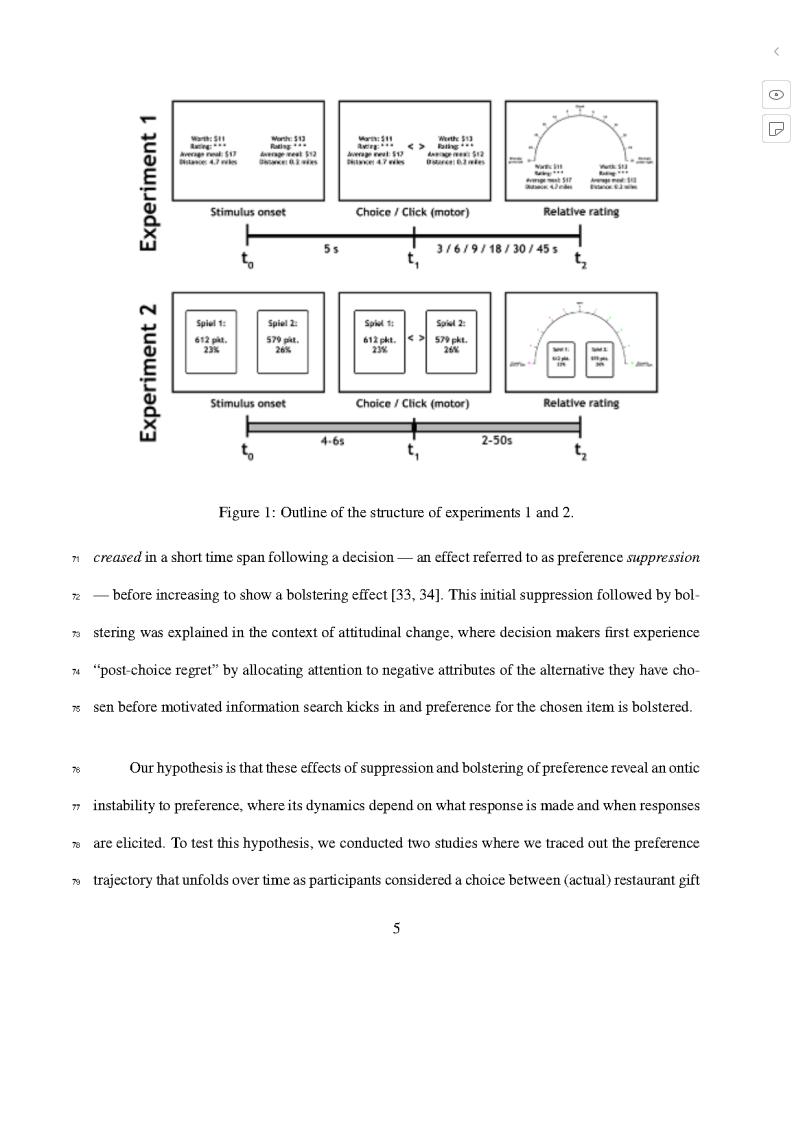
suai.ru/our-contacts |
quantum machine learning |
|
|
|
|
||||
|
|
|
|
|
|
|
|
|
|
|
|
|
|
|
|
|
|
|
|
|
|
|
|
|

suai.ru/our-contacts |
quantum machine learning |
|
|
|
|
||||
|
|
|
|
|
|
|
|
|
|
|
|
|
|
|
|
|
|
|
|
|
|
|
|
|
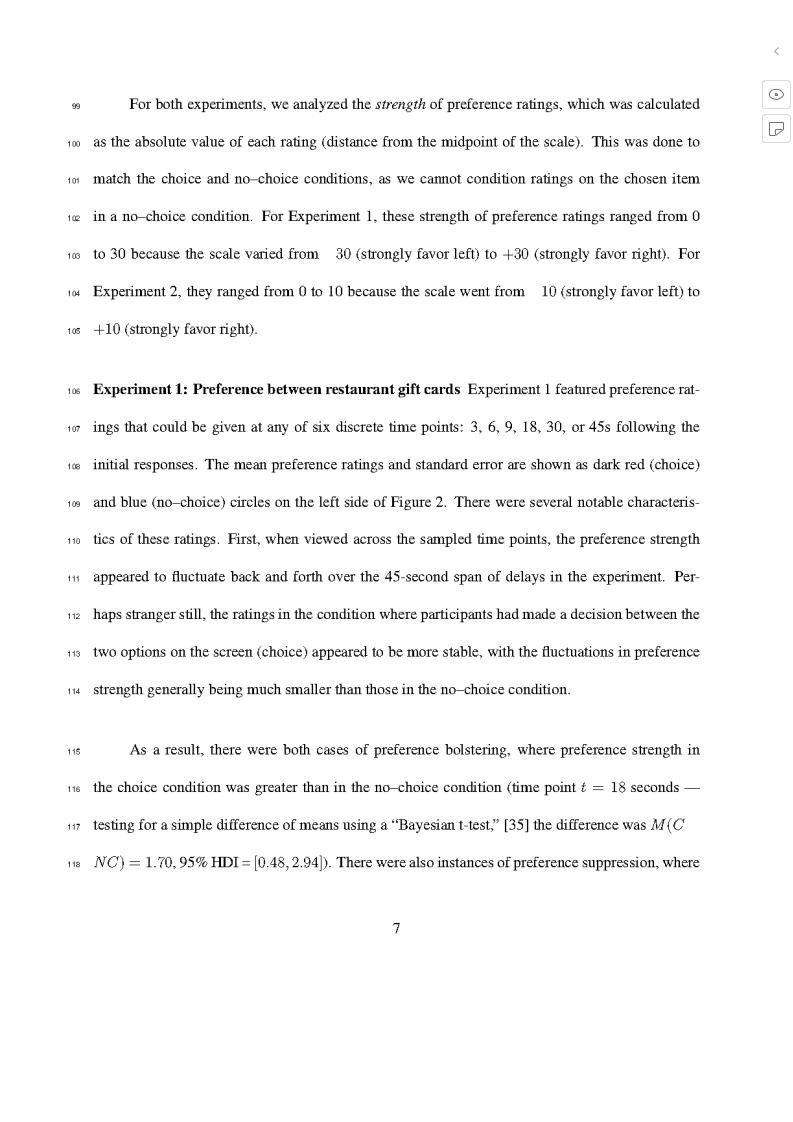
suai.ru/our-contacts |
quantum machine learning |
|
|
|
|
||||
|
|
|
|
|
|
|
|
|
|
|
|
|
|
|
|
|
|
|
|
|
|
|
|
|

suai.ru/our-contacts |
quantum machine learning |
|
|
|
|
||||
|
|
|
|
|
|
|
|
|
|
|
|
|
|
|
|
|
|
|
|
|
|
|
|
|
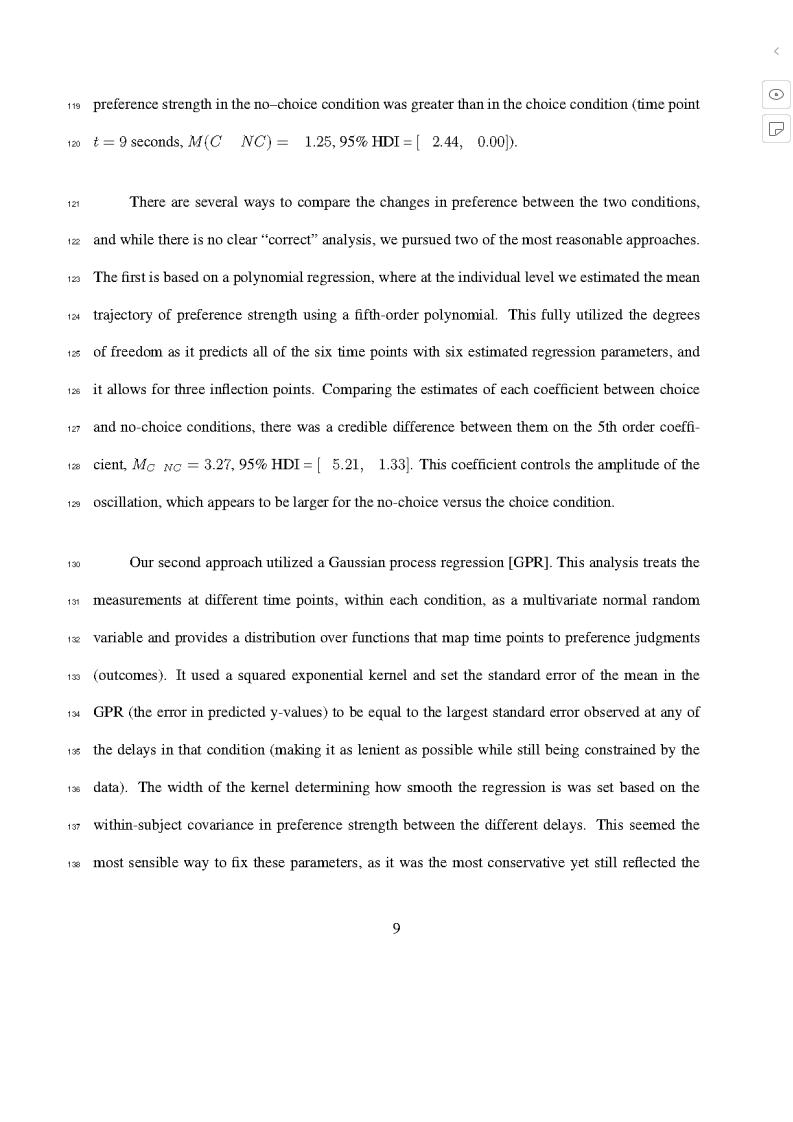
suai.ru/our-contacts |
quantum machine learning |
|
|
|
|
||||
|
|
|
|
|
|
|
|
|
|
|
|
|
|
|
|
|
|
|
|
|
|
|
|
|

suai.ru/our-contacts |
quantum machine learning |
|
|
|
|
||||
|
|
|
|
|
|
|
|
|
|
|
|
|
|
|
|
|
|
|
|
|
|
|
|
|

suai.ru/our-contacts |
quantum machine learning |
|
|
|
|
||||
|
|
|
|
|
|
|
|
|
|
|
|
|
|
|
|
|
|
|
|
|
|
|
|
|
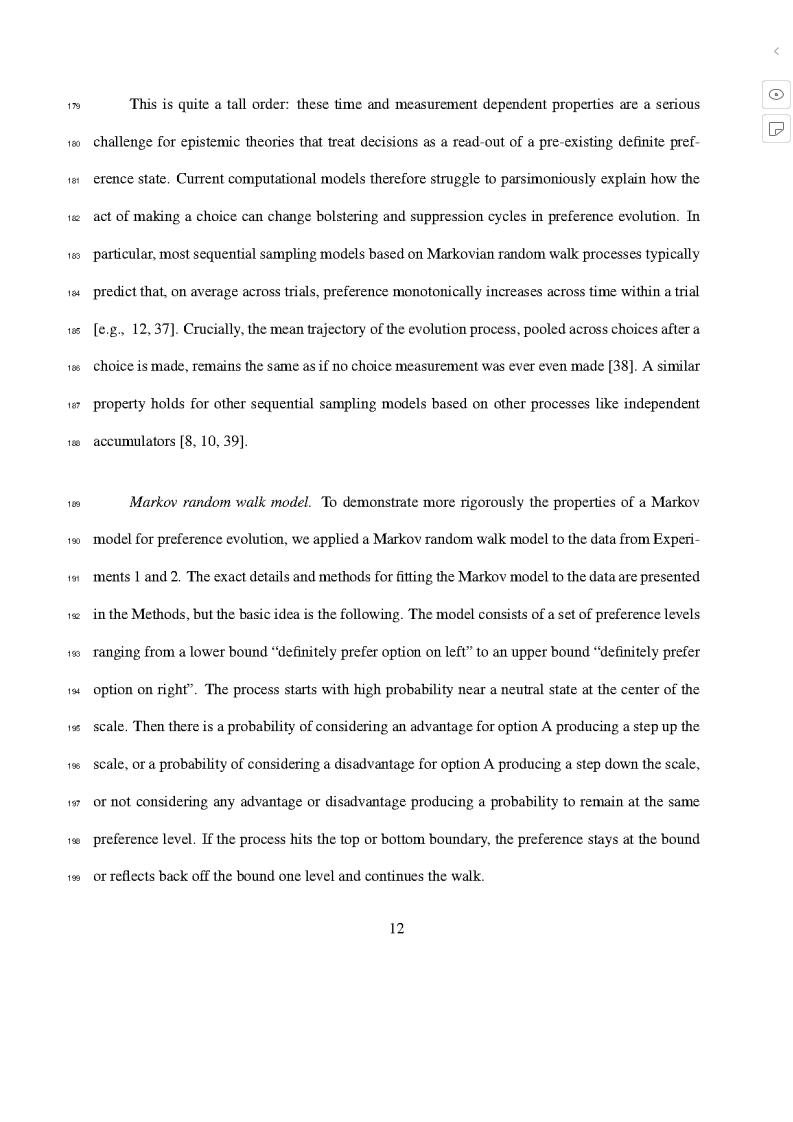
suai.ru/our-contacts |
quantum machine learning |
|
|
|
|
||||
|
|
|
|
|
|
|
|
|
|
|
|
|
|
|
|
|
|
|
|
|
|
|
|
|
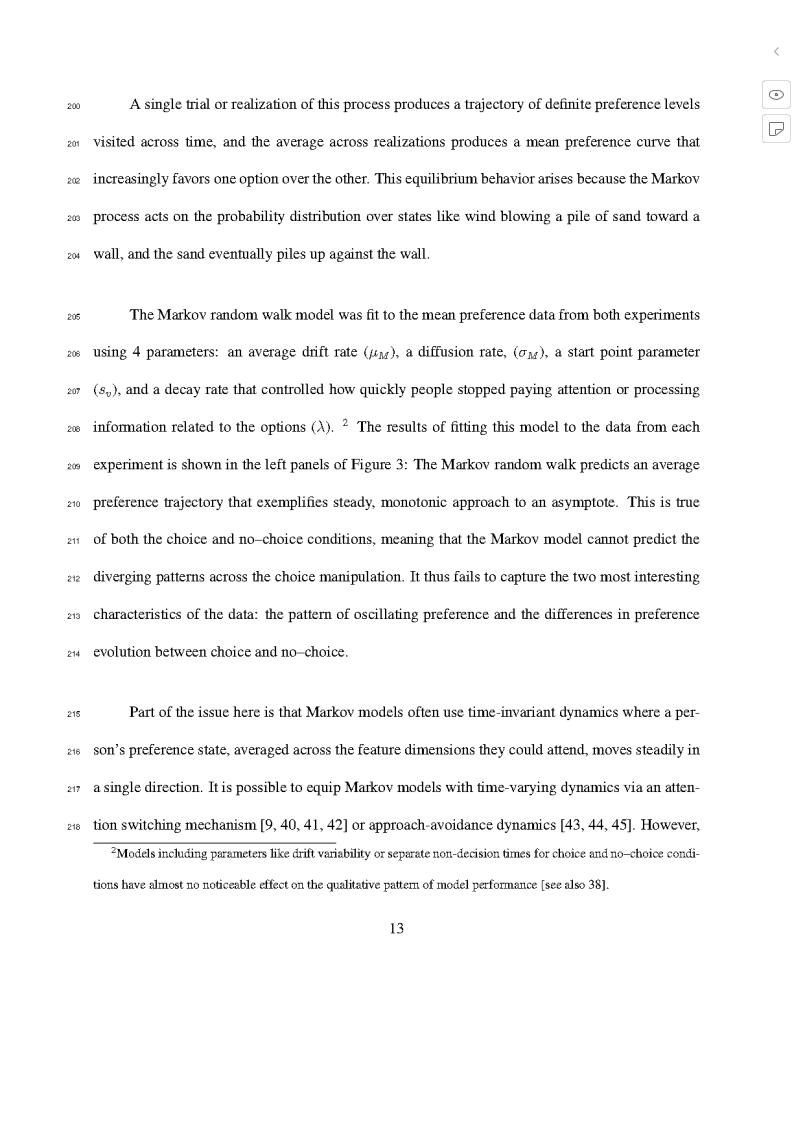
suai.ru/our-contacts |
quantum machine learning |
|
|
|
|
||||
|
|
|
|
|
|
|
|
|
|
|
|
|
|
|
|
|
|
|
|
|
|
|
|
|

suai.ru/our-contacts |
quantum machine learning |
|
|
|
|
||||
|
|
|
|
|
|
|
|
|
|
|
|
|
|
|
|
|
|
|
|
|
|
|
|
|
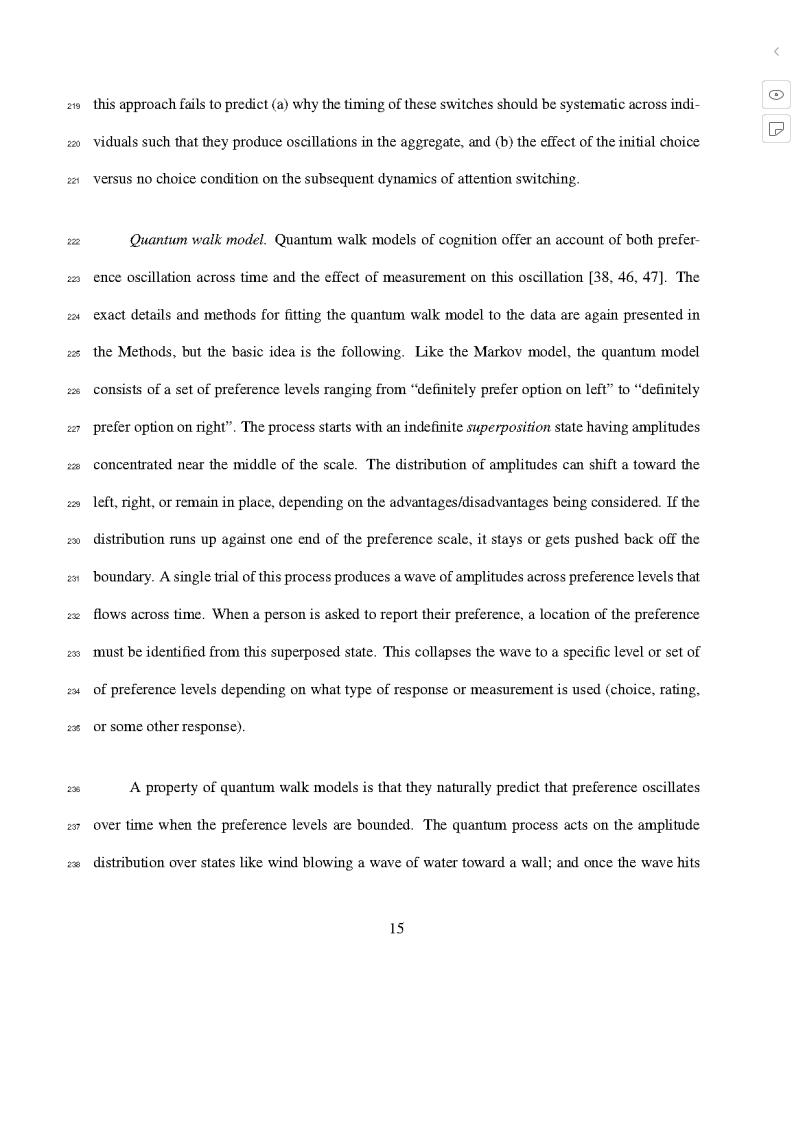
suai.ru/our-contacts |
quantum machine learning |
|
|
|
|
||||
|
|
|
|
|
|
|
|
|
|
|
|
|
|
|
|
|
|
|
|
|
|
|
|
|

suai.ru/our-contacts |
quantum machine learning |
|
|
|
|
||||
|
|
|
|
|
|
|
|
|
|
|
|
|
|
|
|
|
|
|
|
|
|
|
|
|

suai.ru/our-contacts |
quantum machine learning |
|
|
|
|
||||
|
|
|
|
|
|
|
|
|
|
|
|
|
|
|
|
|
|
|
|
|
|
|
|
|
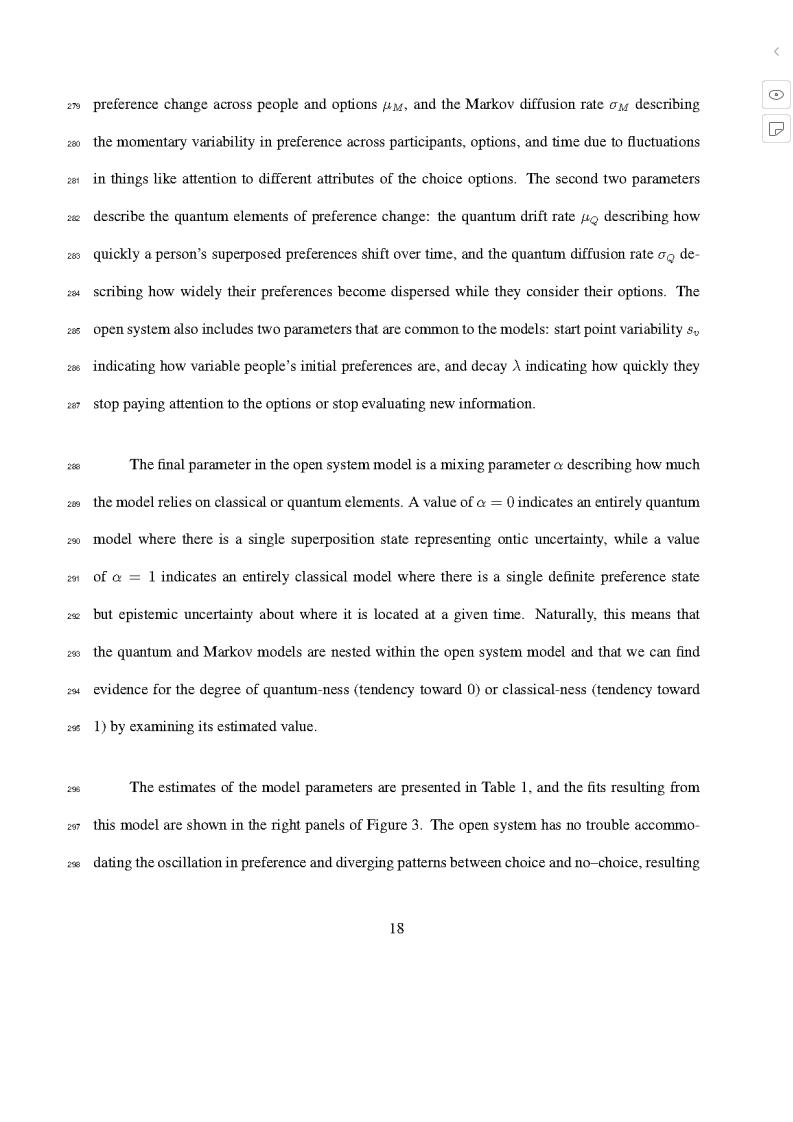
suai.ru/our-contacts |
quantum machine learning |
|
|
|
|
||||
|
|
|
|
|
|
|
|
|
|
|
|
|
|
|
|
|
|
|
|
|
|
|
|
|

suai.ru/our-contacts |
quantum machine learning |
|
|
|
|
||||
|
|
|
|
|
|
|
|
|
|
|
|
|
|
|
|
|
|
|
|
|
|
|
|
|

suai.ru/our-contacts |
quantum machine learning |
|
|
|
|
||||
|
|
|
|
|
|
|
|
|
|
|
|
|
|
|
|
|
|
|
|
|
|
|
|
|

suai.ru/our-contacts |
quantum machine learning |
|
|
|
|
||||
|
|
|
|
|
|
|
|
|
|
|
|
|
|
|
|
|
|
|
|
|
|
|
|
|

suai.ru/our-contacts |
quantum machine learning |
|
|
|
|
||||
|
|
|
|
|
|
|
|
|
|
|
|
|
|
|
|
|
|
|
|
|
|
|
|
|
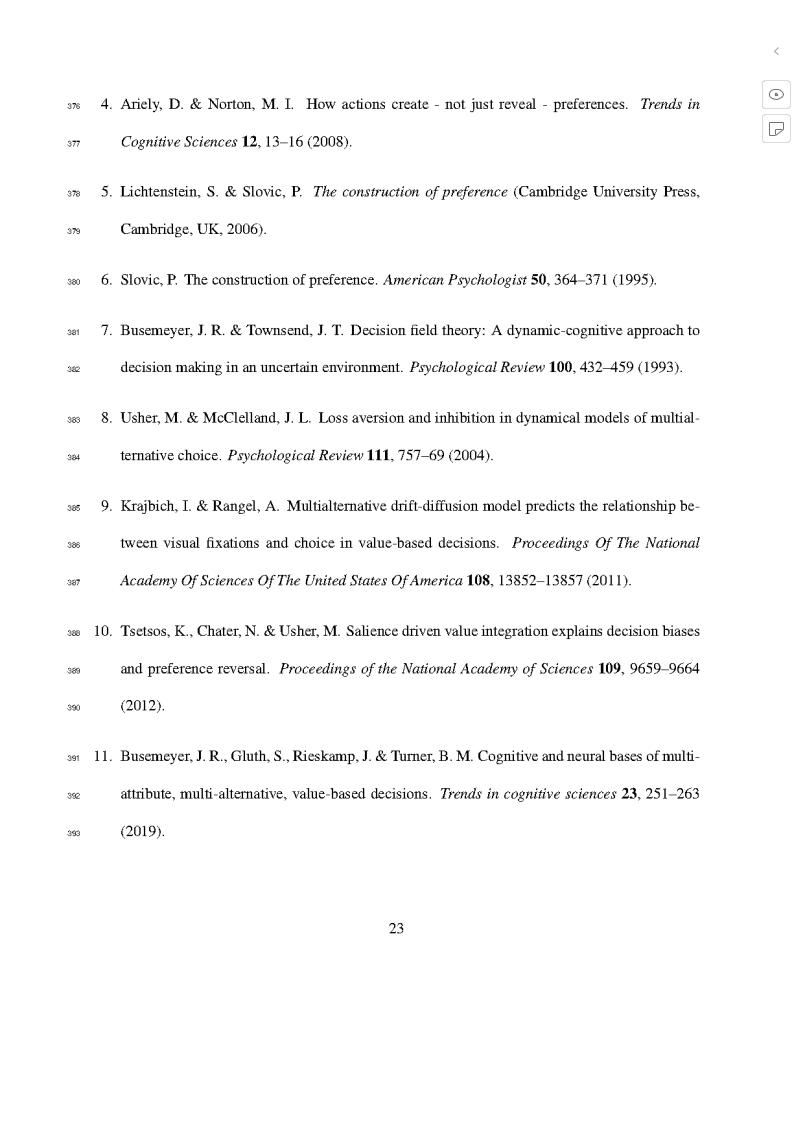
suai.ru/our-contacts |
quantum machine learning |
|
|
|
|
||||
|
|
|
|
|
|
|
|
|
|
|
|
|
|
|
|
|
|
|
|
|
|
|
|
|

suai.ru/our-contacts |
quantum machine learning |
|
|
|
|
||||
|
|
|
|
|
|
|
|
|
|
|
|
|
|
|
|
|
|
|
|
|
|
|
|
|

suai.ru/our-contacts |
quantum machine learning |
|
|
|
|
||||
|
|
|
|
|
|
|
|
|
|
|
|
|
|
|
|
|
|
|
|
|
|
|
|
|

suai.ru/our-contacts |
quantum machine learning |
|
|
|
|
||||
|
|
|
|
|
|
|
|
|
|
|
|
|
|
|
|
|
|
|
|
|
|
|
|
|

suai.ru/our-contacts |
quantum machine learning |
|
|
|
|
||||
|
|
|
|
|
|
|
|
|
|
|
|
|
|
|
|
|
|
|
|
|
|
|
|
|
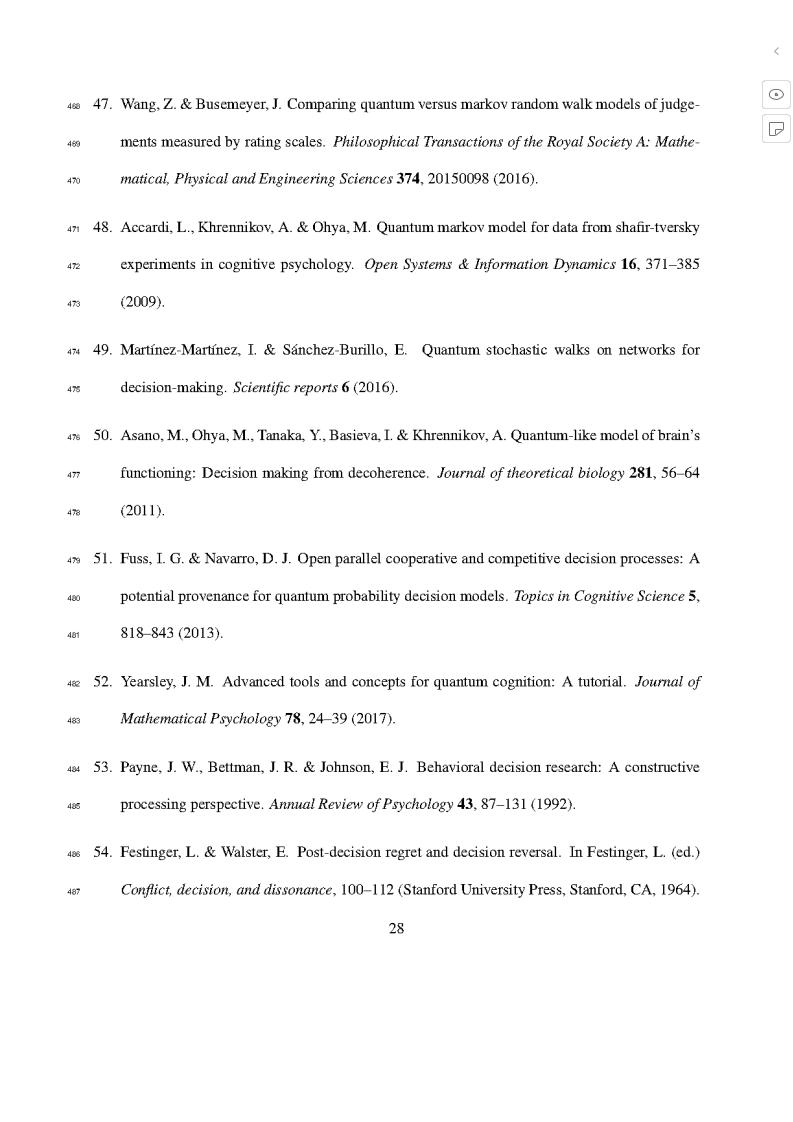
suai.ru/our-contacts |
quantum machine learning |
|
|
|
|
||||
|
|
|
|
|
|
|
|
|
|
|
|
|
|
|
|
|
|
|
|
|
|
|
|
|

suai.ru/our-contacts |
quantum machine learning |
|
|
|
|
||||
|
|
|
|
|
|
|
|
|
|
|
|
|
|
|
|
|
|
|
|
|
|
|
|
|
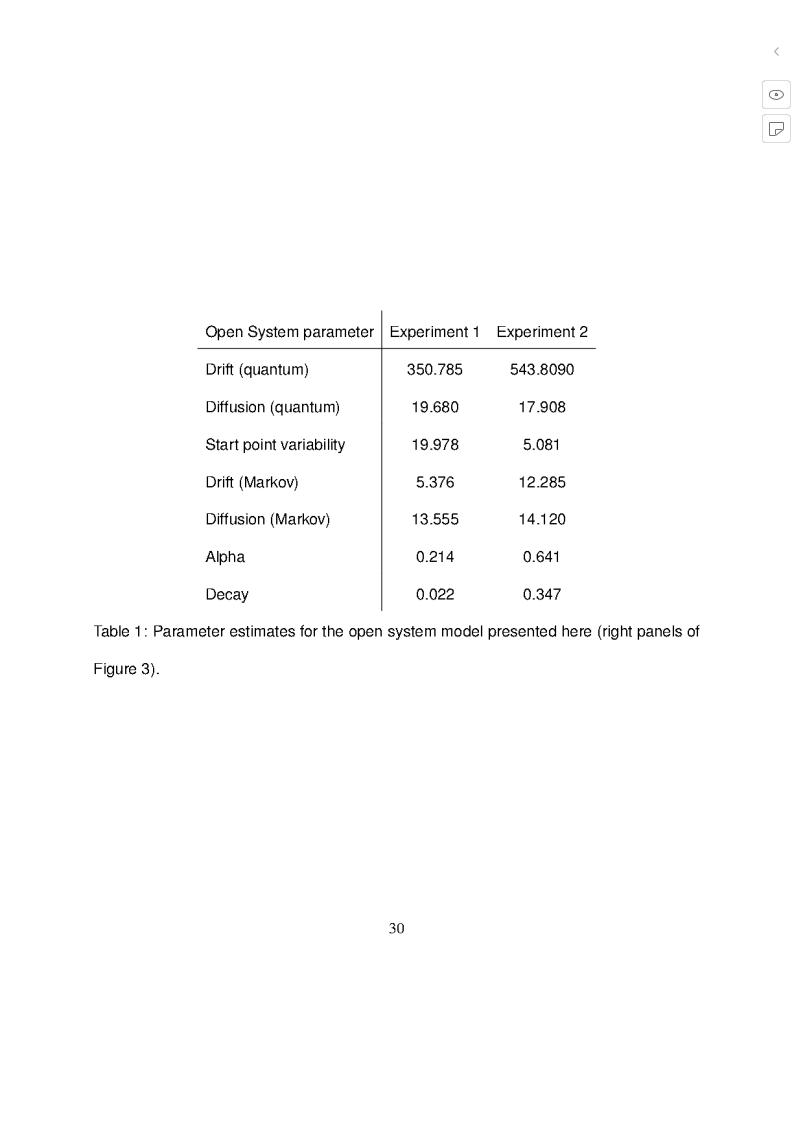
suai.ru/our-contacts |
quantum machine learning |
|
|
|
|
||||
|
|
|
|
|
|
|
|
|
|
|
|
|
|
|
|
|
|
|
|
|
|
|
|
|

suai.ru/our-contacts |
quantum machine learning |
|
|
|
|
||||
|
|
|
|
|
|
|
|
|
|
|
|
|
|
|
|
|
|
|
|
|
|
|
|
|
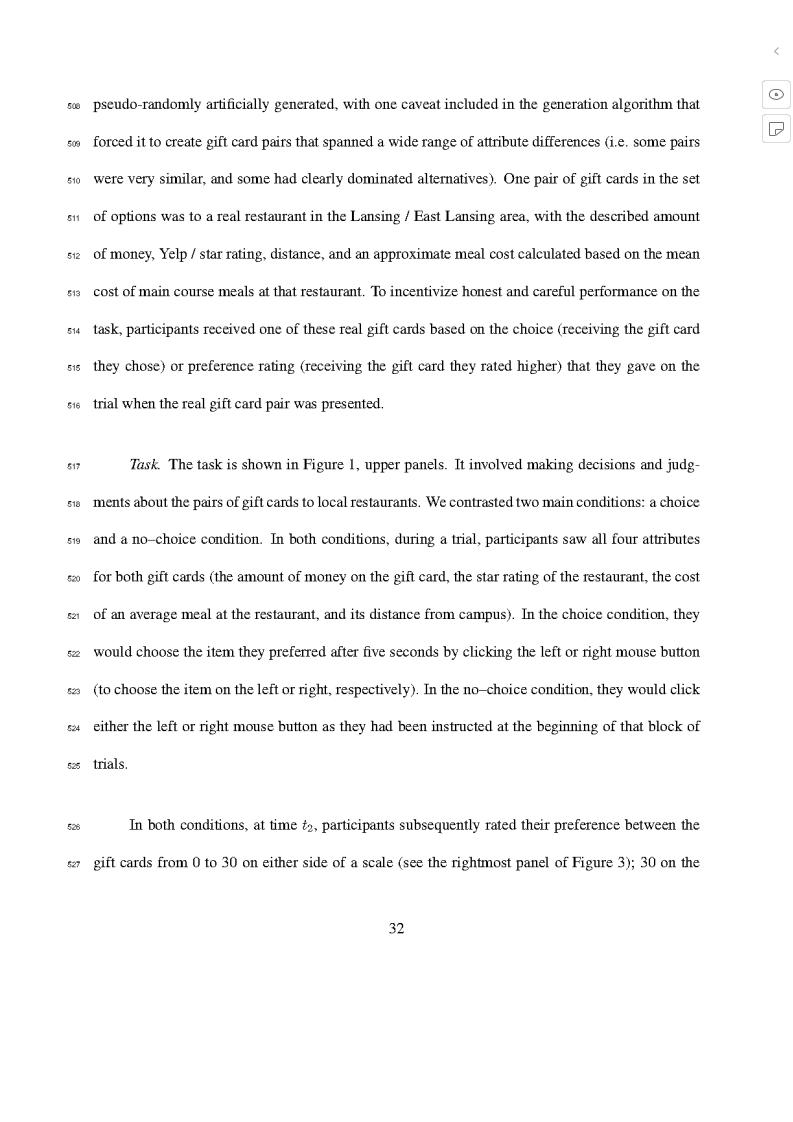
suai.ru/our-contacts |
quantum machine learning |
|
|
|
|
||||
|
|
|
|
|
|
|
|
|
|
|
|
|
|
|
|
|
|
|
|
|
|
|
|
|
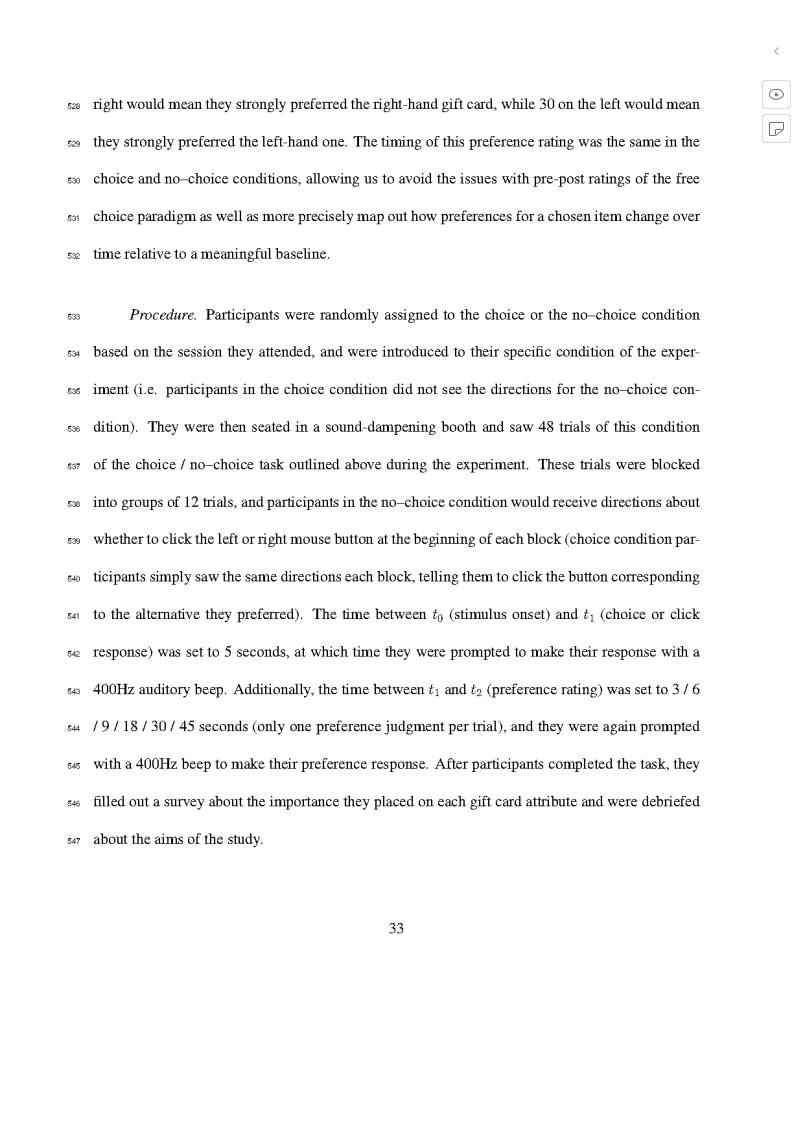
suai.ru/our-contacts |
quantum machine learning |
|
|
|
|
||||
|
|
|
|
|
|
|
|
|
|
|
|
|
|
|
|
|
|
|
|
|
|
|
|
|
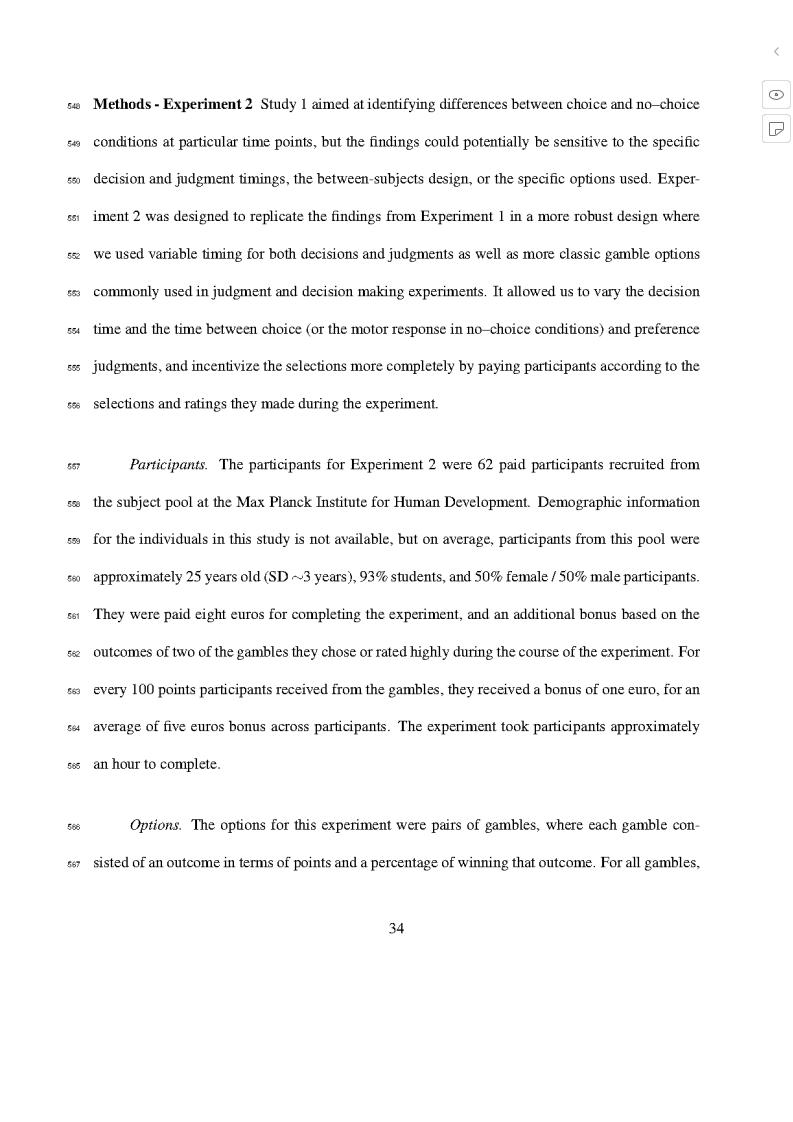
suai.ru/our-contacts |
quantum machine learning |
|
|
|
|
||||
|
|
|
|
|
|
|
|
|
|
|
|
|
|
|
|
|
|
|
|
|
|
|
|
|

suai.ru/our-contacts |
quantum machine learning |
|
|
|
|
||||
|
|
|
|
|
|
|
|
|
|
|
|
|
|
|
|
|
|
|
|
|
|
|
|
|

suai.ru/our-contacts |
quantum machine learning |
|
|
|
|
||||
|
|
|
|
|
|
|
|
|
|
|
|
|
|
|
|
|
|
|
|
|
|
|
|
|
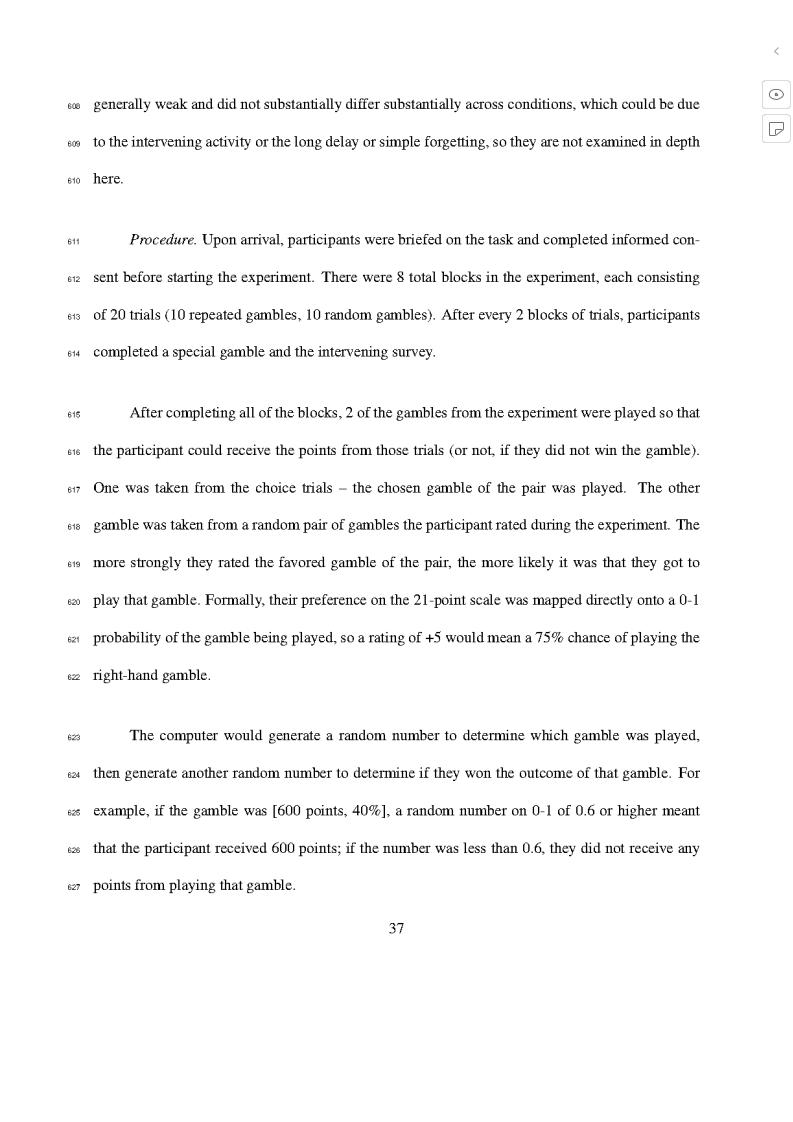
suai.ru/our-contacts |
quantum machine learning |
|
|
|
|
||||
|
|
|
|
|
|
|
|
|
|
|
|
|
|
|
|
|
|
|
|
|
|
|
|
|
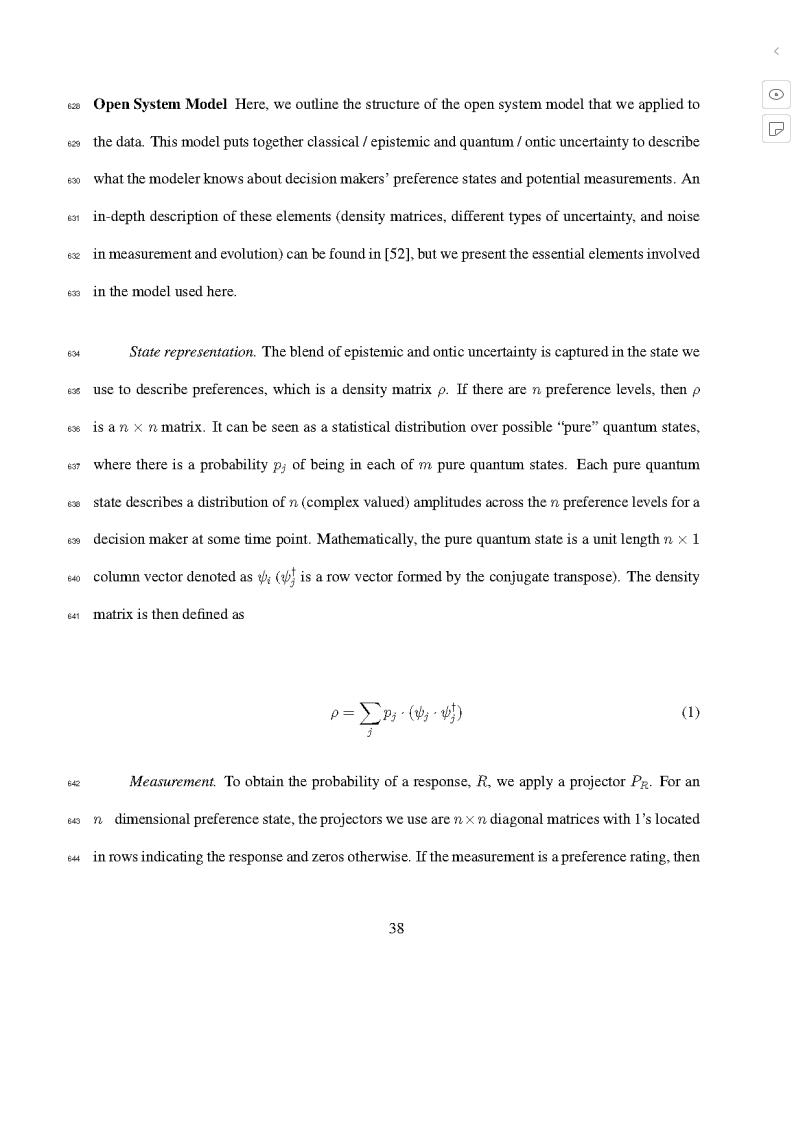
suai.ru/our-contacts |
quantum machine learning |
|
|
|
|
||||
|
|
|
|
|
|
|
|
|
|
|
|
|
|
|
|
|
|
|
|
|
|
|
|
|

suai.ru/our-contacts |
quantum machine learning |
|
|
|
|
||||
|
|
|
|
|
|
|
|
|
|
|
|
|
|
|
|
|
|
|
|
|
|
|
|
|
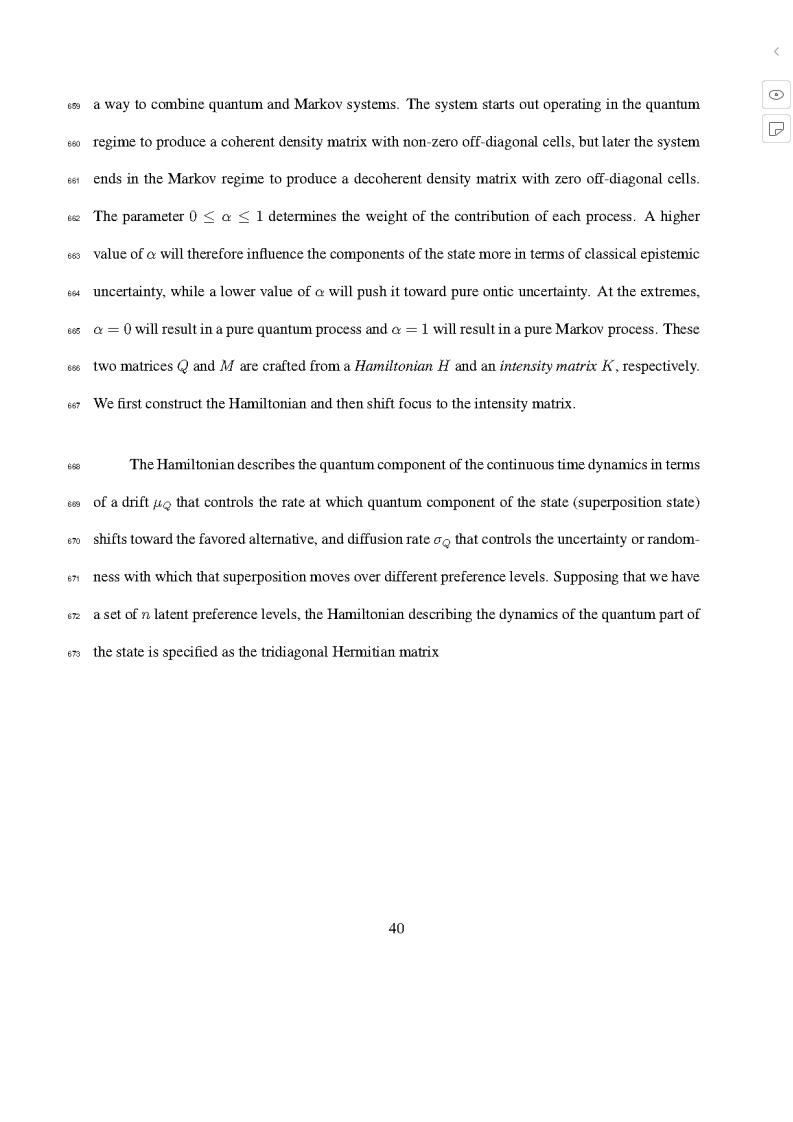
suai.ru/our-contacts |
quantum machine learning |
|
|
|
|
||||
|
|
|
|
|
|
|
|
|
|
|
|
|
|
|
|
|
|
|
|
|
|
|
|
|
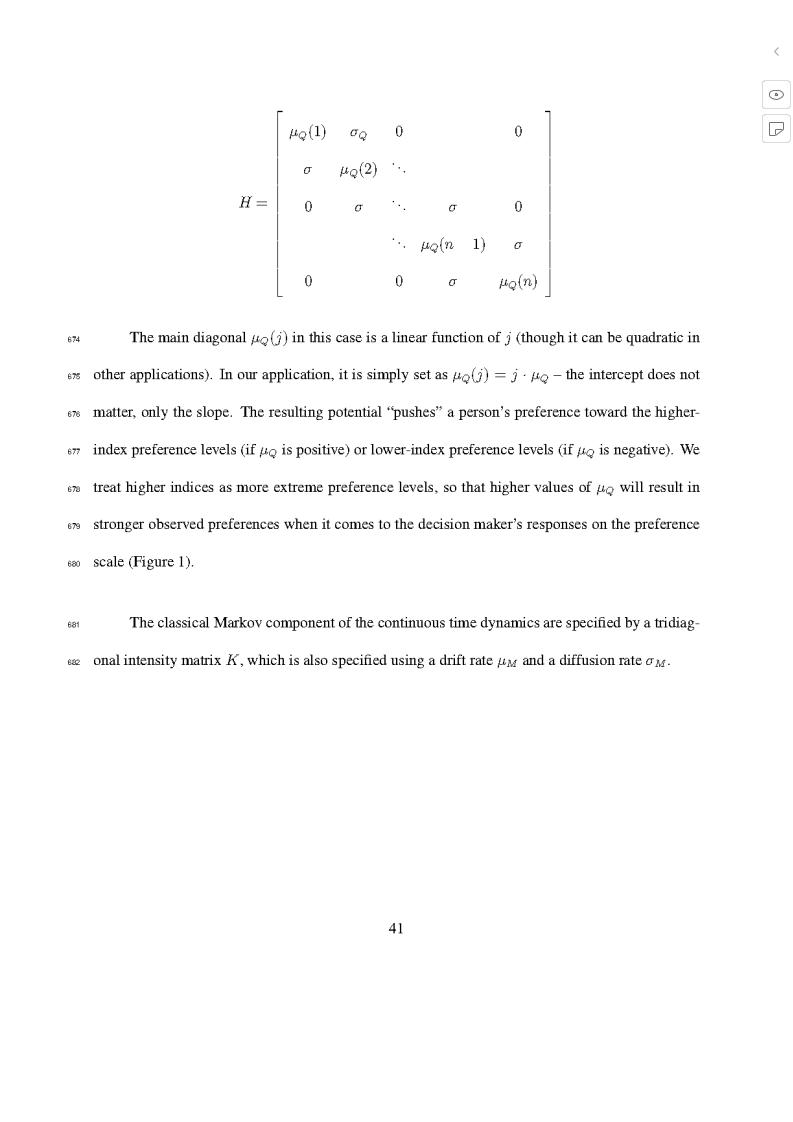
suai.ru/our-contacts |
quantum machine learning |
|
|
|
|
||||
|
|
|
|
|
|
|
|
|
|
|
|
|
|
|
|
|
|
|
|
|
|
|
|
|

suai.ru/our-contacts |
quantum machine learning |
|
|
|
|
||||
|
|
|
|
|
|
|
|
|
|
|
|
|
|
|
|
|
|
|
|
|
|
|
|
|
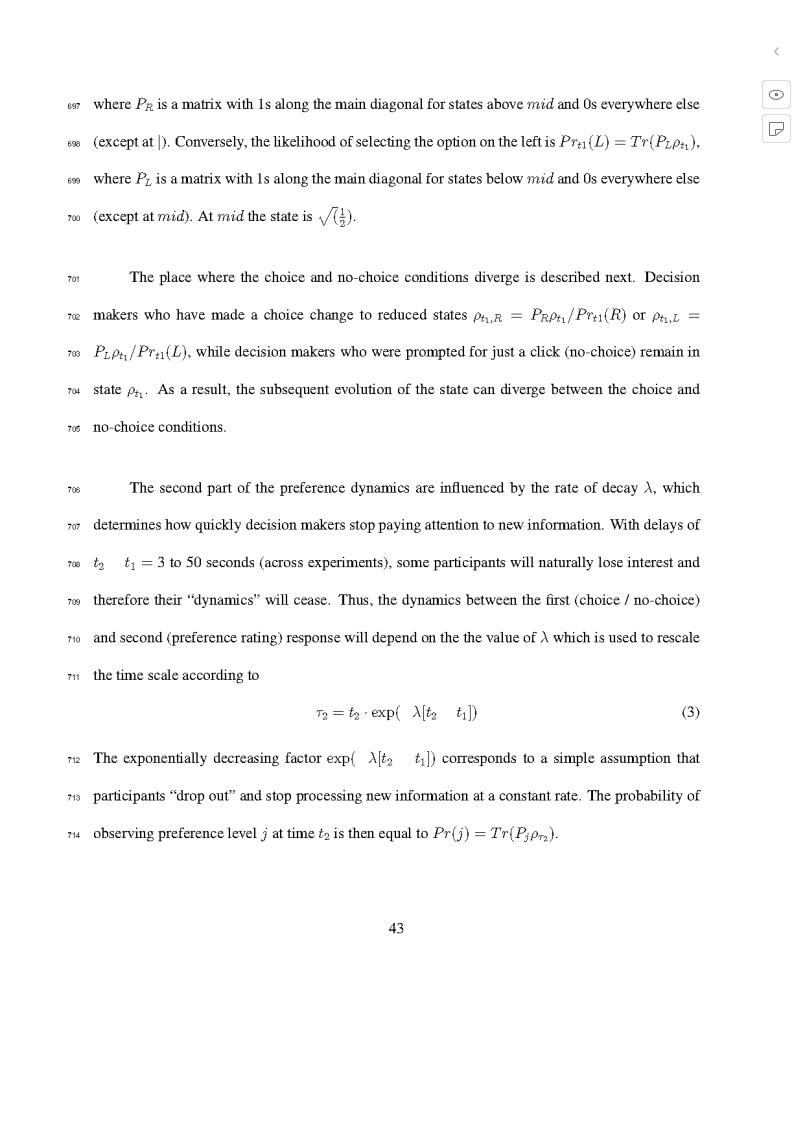
suai.ru/our-contacts |
quantum machine learning |
|
|
|
|
||||
|
|
|
|
|
|
|
|
|
|
|
|
|
|
|
|
|
|
|
|
|
|
|
|
|
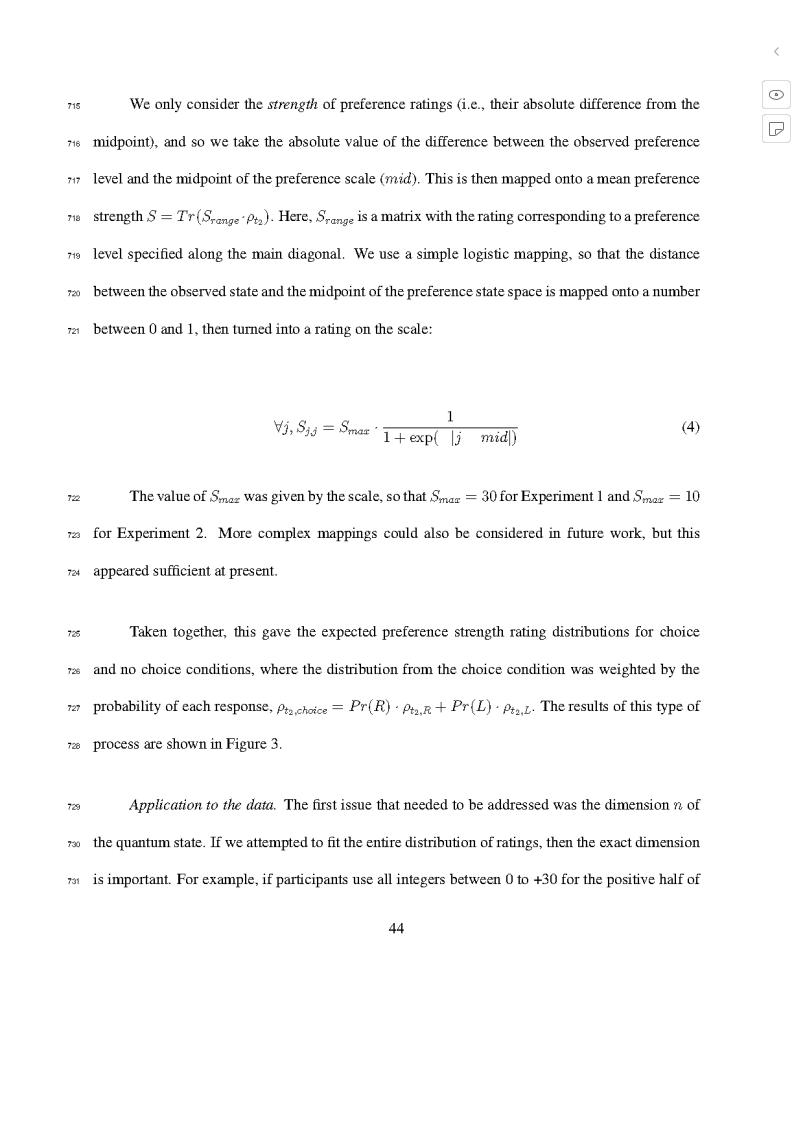
suai.ru/our-contacts |
quantum machine learning |
|
|
|
|
||||
|
|
|
|
|
|
|
|
|
|
|
|
|
|
|
|
|
|
|
|
|
|
|
|
|

suai.ru/our-contacts |
quantum machine learning |
|
|
|
|
||||
|
|
|
|
|
|
|
|
|
|
|
|
|
|
|
|
|
|
|
|
|
|
|
|
|
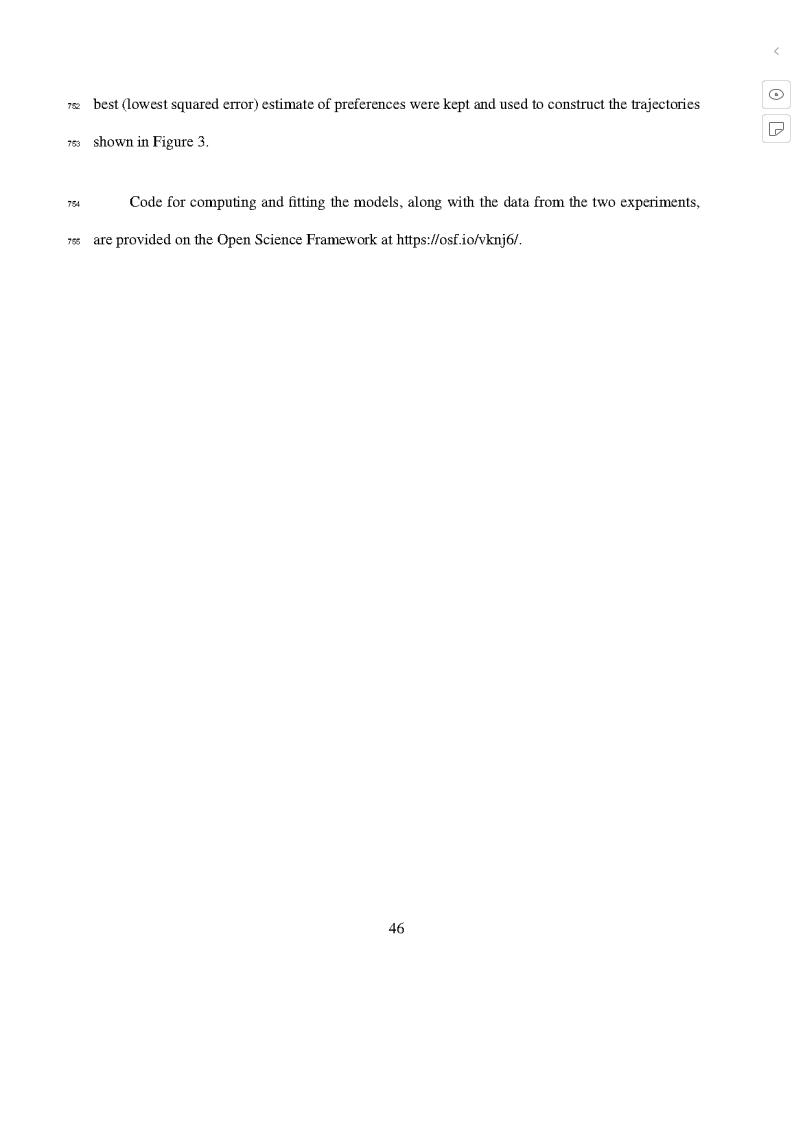
suai.ru/our-contacts |
quantum machine learning |
|
|
|
|
||||
|
|
|
|
|
|
|
|
|
|
|
|
|
|
|
|
|
|
|
|
|
|
|
|
|
